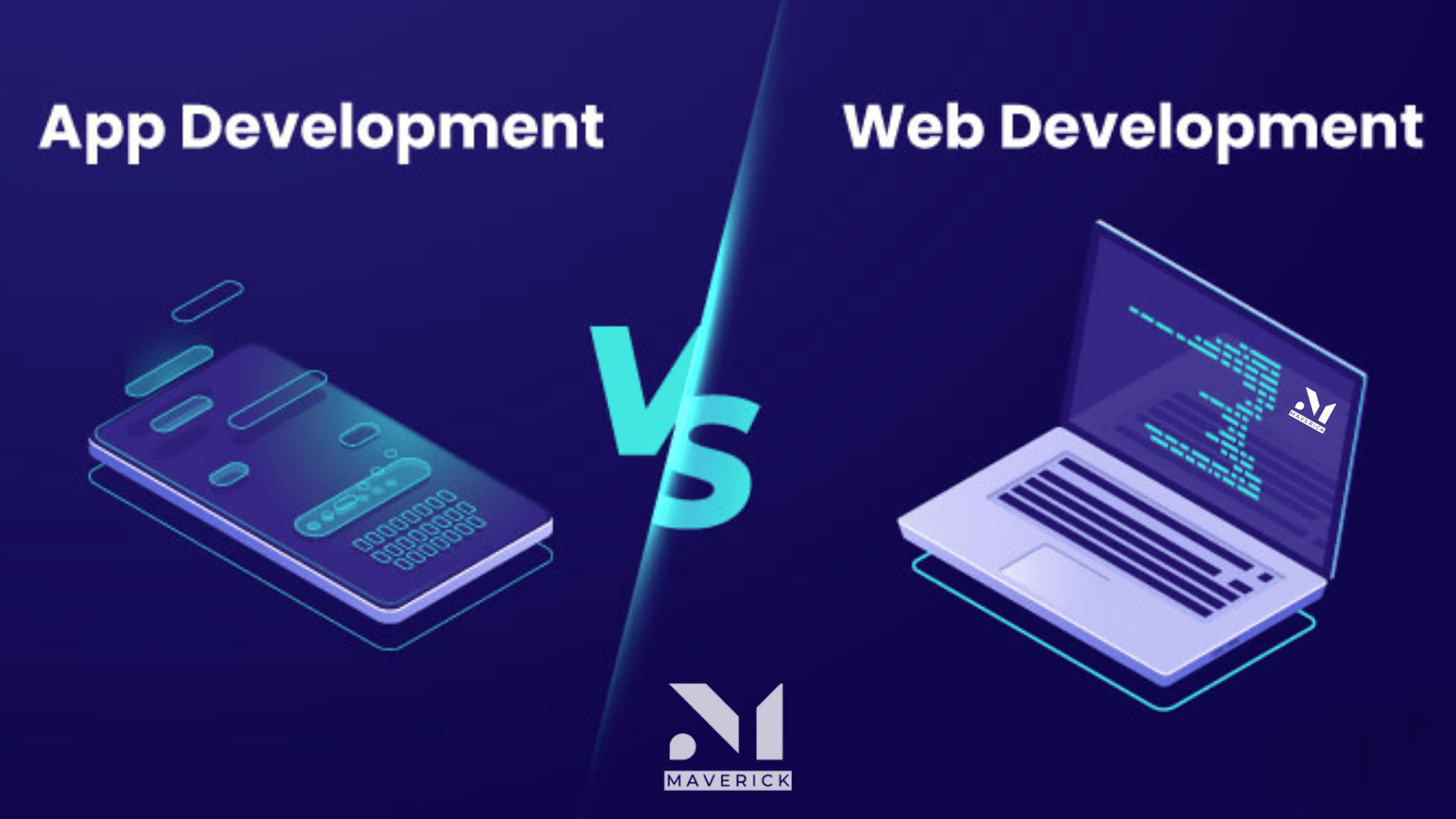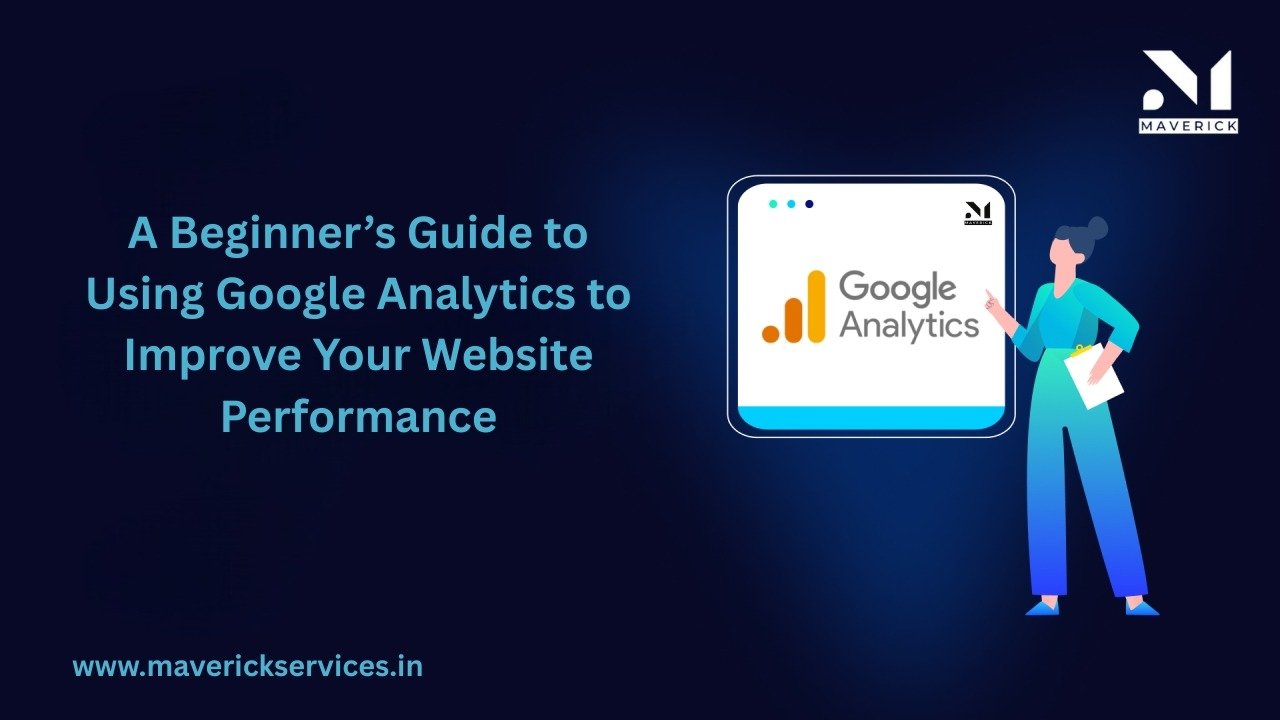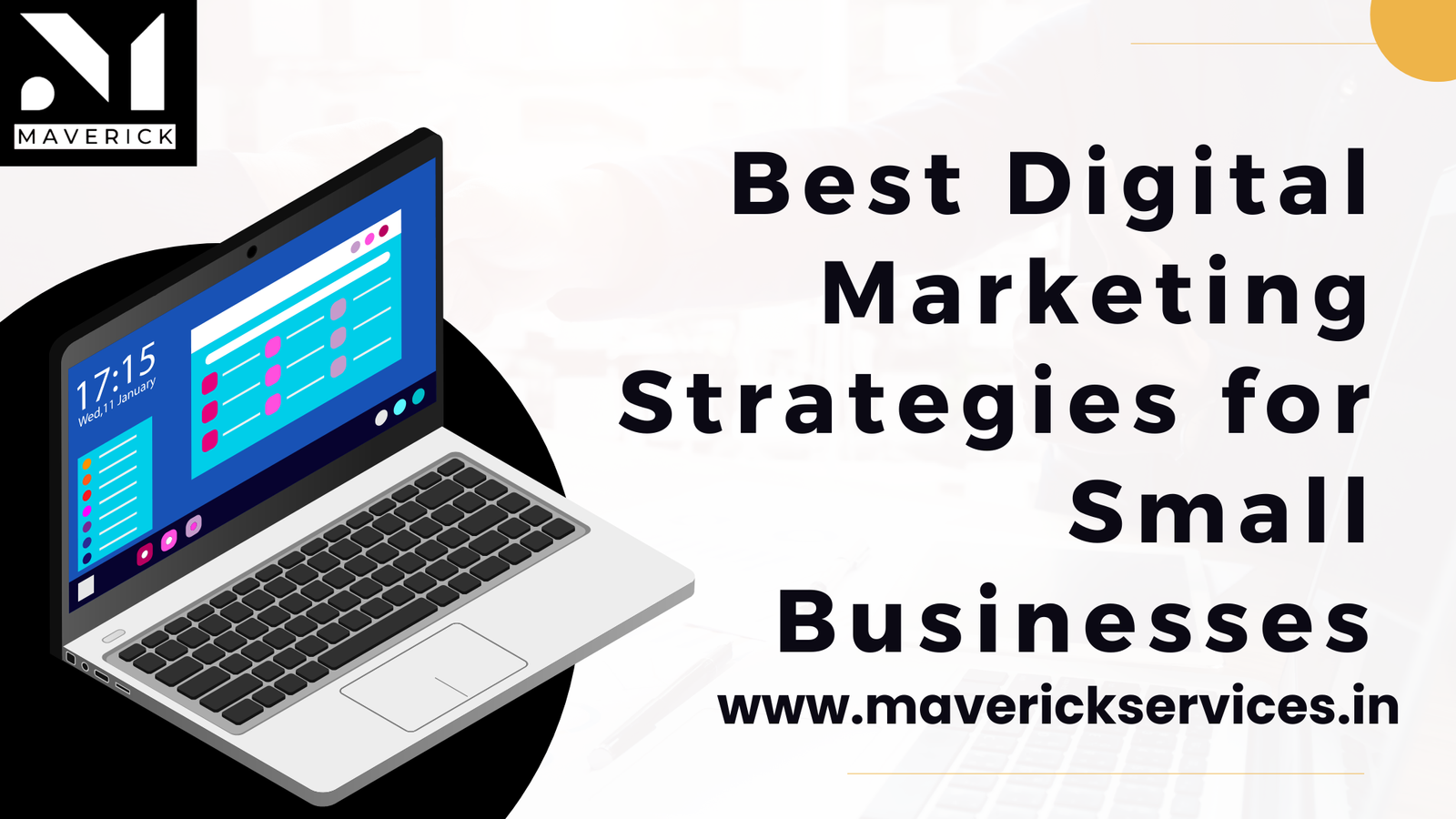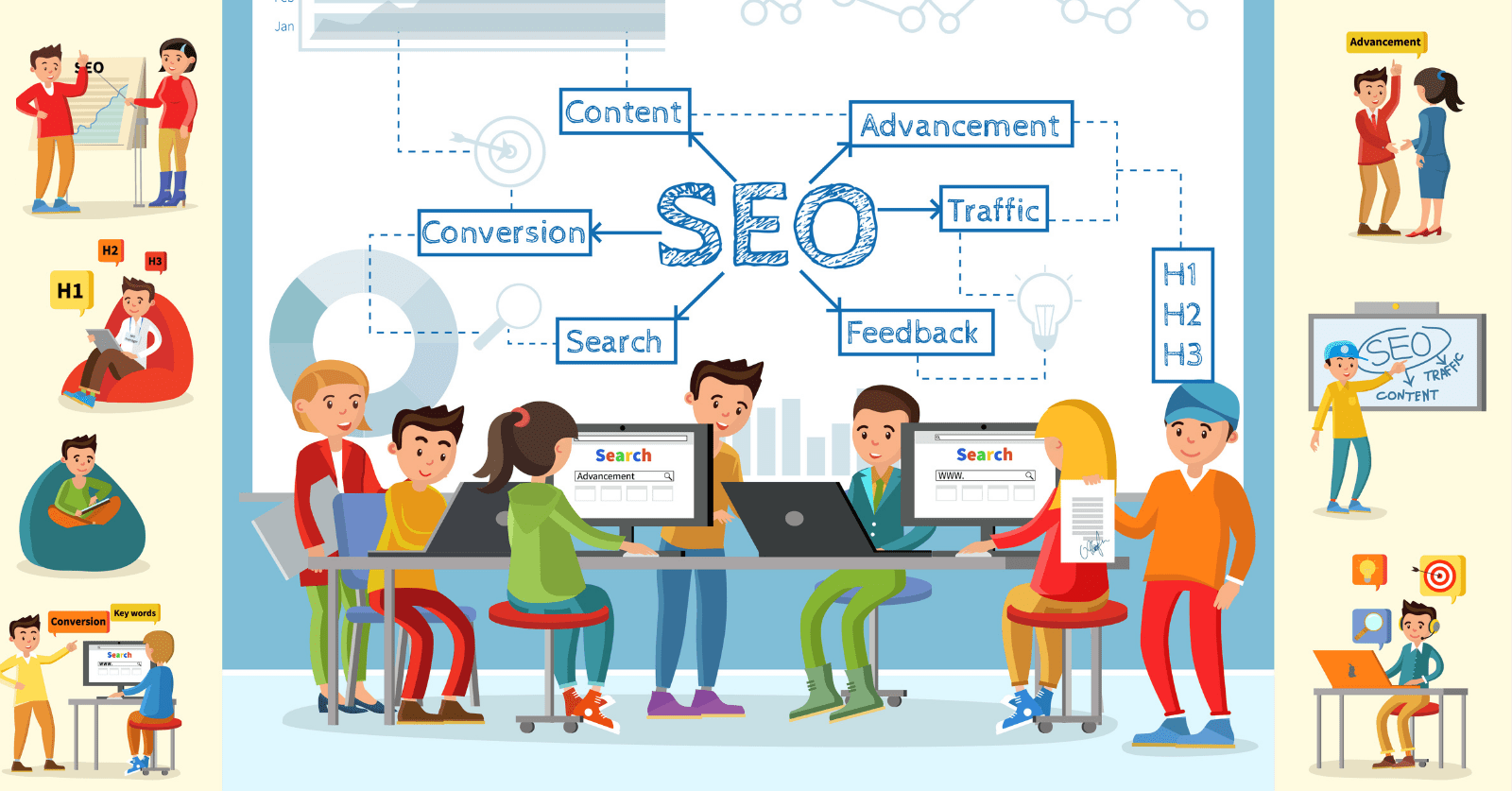Local SEO and PPC Management Services in Pan India: A Complete Guide
Businesses cannot rely solely on word-of-mouth or conventional marketing in today’s digitally first society. Regardless of the size of your business—small, startup, or national—your internet presence is essential to drawing in and keeping clients. For Indian firms, PPC (Pay-Per-Click) advertising and local SEO (Search Engine Optimization) are two of the most effective digital marketing techniques.
They work in concert to improve your company’s local visibility, attract relevant traffic, and raise conversions throughout India.
-
What is Local SEO?
-
What is PPC Management?
-
Why businesses in India need Local SEO and PPC
-
Benefits of Local SEO and PPC management services
-
Key strategies for success
-
Frequently Asked Questions (FAQ)
What is Local SEO?
Local SEO is the process of optimizing your business’s online presence to attract local customers from Google searches and maps.
For example, if someone searches “best bakery in Kanpur”, businesses with strong local SEO will appear on Google’s local results (also known as the “map pack”).
Key elements of Local SEO include:
-
Google Business Profile Optimization
-
Local keyword targeting (e.g., “plumber in Delhi,” “salon near me”)
-
Online reviews and ratings management
-
Local backlinks and citations
-
Mobile-friendly website design
Local SEO is especially valuable for businesses with physical locations or those offering services in specific regions.
What is PPC Management?
PPC (Pay-Per-Click) is an online advertising model where you pay only when someone clicks on your ad. Platforms like Google Ads, Facebook Ads, and Instagram Ads allow you to target specific audiences by location, age, interests, and search behavior.
PPC management involves:
-
Keyword research for ad campaigns
-
Creating high-converting ad copy and creatives
-
Geo-targeting (e.g., showing ads in Mumbai, Delhi, Bangalore, or all over India)
-
Bid optimization to maximize ROI
-
Landing page optimization for conversions
-
Tracking and reporting performance
PPC ensures instant visibility, while SEO is a long-term strategy. Together, they complement each other.
Why Do Businesses in India Need Local SEO and PPC?
India is one of the fastest-growing digital markets in the world, with over 800 million internet users. Customers now search for everything online—from doctors and restaurants to real estate and e-commerce stores.
Here’s why combining Local SEO and PPC is essential for Pan India businesses:
-
Massive Online Audience – Reach millions of people searching locally.
-
Targeted Marketing – Focus on customers in specific states, cities, or even neighborhoods.
-
Competitive Advantage – Outrank competitors in search results and ads.
-
Cost-Effective – PPC ensures instant leads, while SEO builds sustainable visibility.
-
Scalability – Expand from local to nationwide presence with the right strategy.
Benefits of Local SEO and PPC Management Services
Higher Local Visibility – Appear in Google Maps and top search results.
Instant Leads & Sales – PPC ads drive immediate traffic and conversions.
Better ROI – SEO provides long-term results, while PPC gives quick wins.
Brand Authority – Build credibility with consistent online presence.
Measurable Results – Track clicks, calls, and sales with advanced analytics.
Pan India Coverage – Target multiple cities and states with both SEO and PPC.
Key Strategies for Local SEO and PPC Success
1. Local Keyword Research
Target long-tail, location-based keywords like:
-
“digital marketing agency in Delhi NCR”
-
“best salon near me Kanpur”
-
“plumber service in Bangalore”
2. Google Business Profile Optimization
-
Add business name, address, phone (NAP consistency).
-
Upload images, videos, and offers.
-
Collect customer reviews.
3. On-Page SEO
-
Optimize titles, meta descriptions, and content for local intent.
-
Add schema markup for better indexing.
-
Ensure fast, mobile-friendly website.
4. PPC Geo-Targeting
-
Show ads only in selected cities or states.
-
Use call extensions for direct customer interaction.
-
Run both search ads (Google) and social ads (Facebook/Instagram).
5. Landing Page Optimization
-
Create separate landing pages for different locations.
-
Add strong CTAs (Call to Action) like “Call Now” or “Book an Appointment.”
-
Highlight customer reviews and local offers.
6. Continuous Monitoring & Reporting
-
Track SEO rankings, organic traffic, and conversions.
-
Optimize PPC campaigns for cost-per-click (CPC) and return on ad spend (ROAS).
Local SEO vs PPC: Which is Better?
| Aspect | Local SEO | PPC Management |
|---|---|---|
| Cost | One-time + ongoing effort | Pay per click |
| Results | Long-term, sustainable | Instant but temporary |
| Best For | Businesses with long-term vision | Businesses needing immediate leads |
| ROI | High over time | High if optimized |
The best approach is to use both together. Local SEO builds a strong foundation, while PPC gives immediate visibility and sales.
Frequently Asked Questions (FAQ)
1. What is the difference between SEO and PPC?
SEO improves organic (free) search rankings, while PPC requires paying for ads that appear instantly on Google or social media platforms.
2. How much does Local SEO cost in India?
Local SEO services in India can range from ₹8,000 to ₹50,000 per month, depending on competition and industry.
3. How much does PPC management cost in India?
PPC campaigns usually start from ₹10,000 to ₹1,00,000+ per month, excluding ad spend. Cost depends on keywords, audience, and goals.
4. Can small businesses benefit from Local SEO and PPC?
Yes! In fact, small businesses benefit the most, as these strategies allow them to compete with larger brands locally.
5. Which is better for Pan India business—SEO or PPC?
For maximum impact, use both together. SEO gives long-term visibility, while PPC provides immediate leads across India.
6. How long does it take to see results from Local SEO?
It typically takes 3 to 6 months to see strong results, while PPC can deliver leads within 24 hours of launching a campaign.
Conclusion
Local SEO and PPC management services are not just marketing trends—they are business necessities in the digital age. For Indian businesses targeting customers across states and cities, this combination provides the perfect balance of long-term growth and instant results.
By investing in Local SEO, your business gains credibility and sustainable visibility. With PPC, you get immediate leads and sales. Together, they form a powerful digital marketing engine that drives success across Pan India.
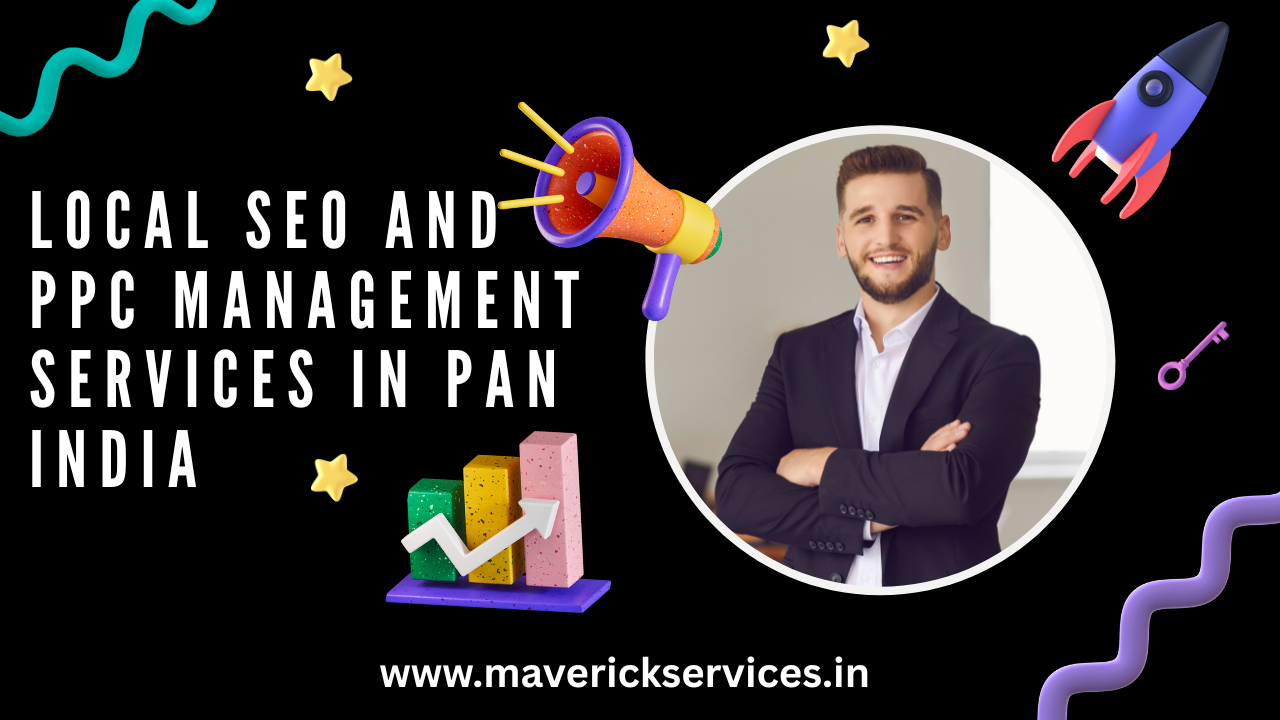

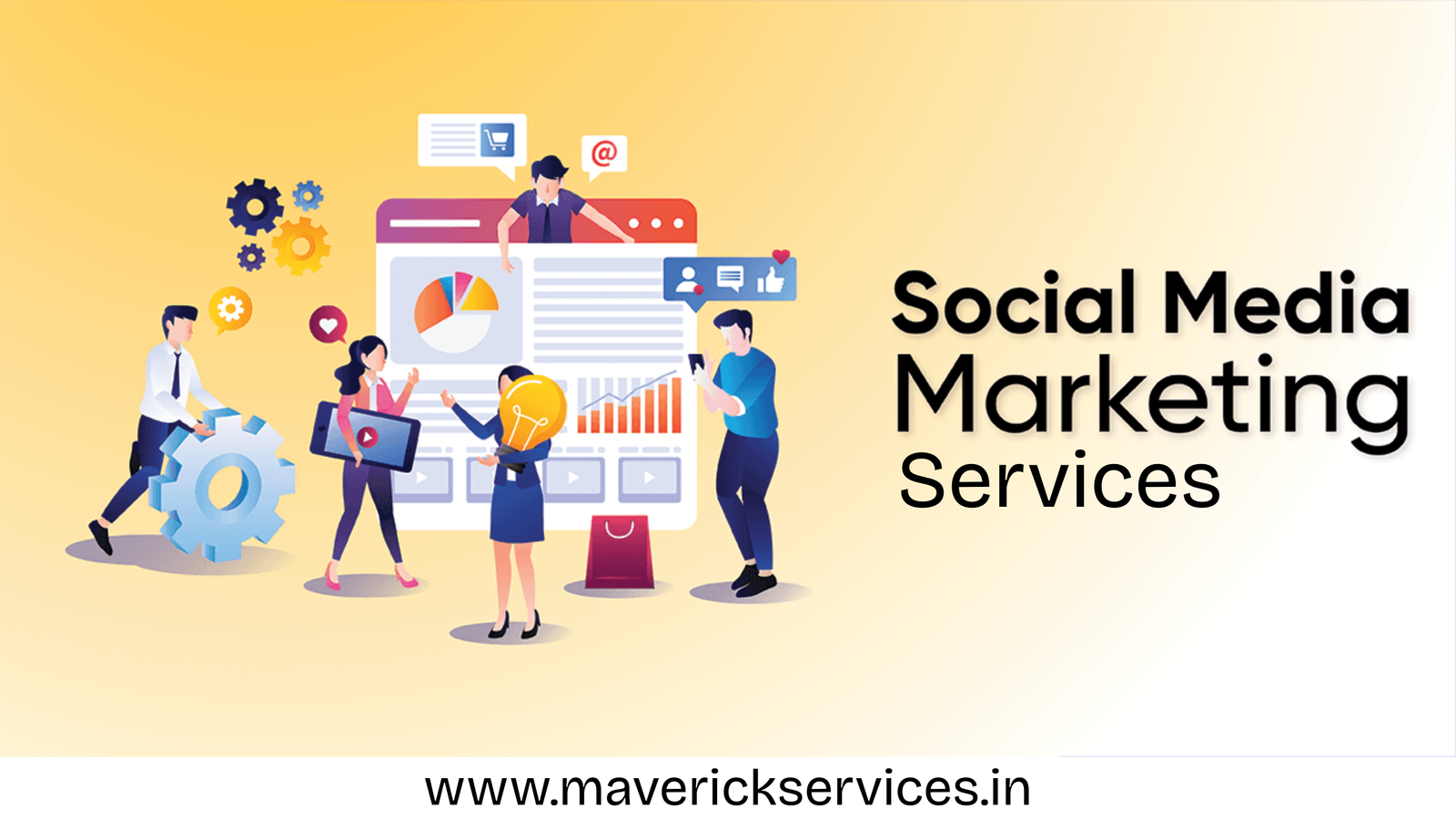
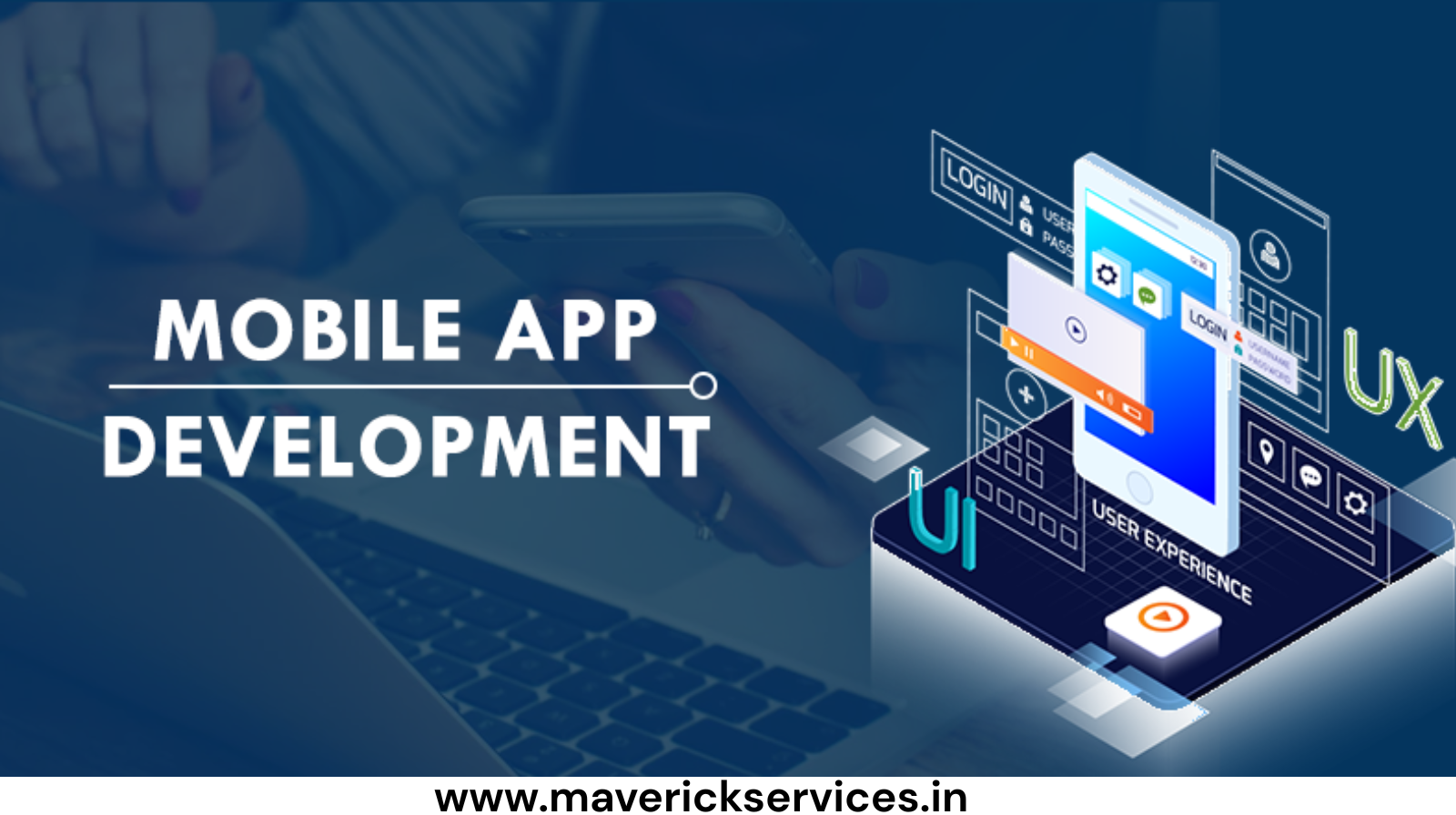
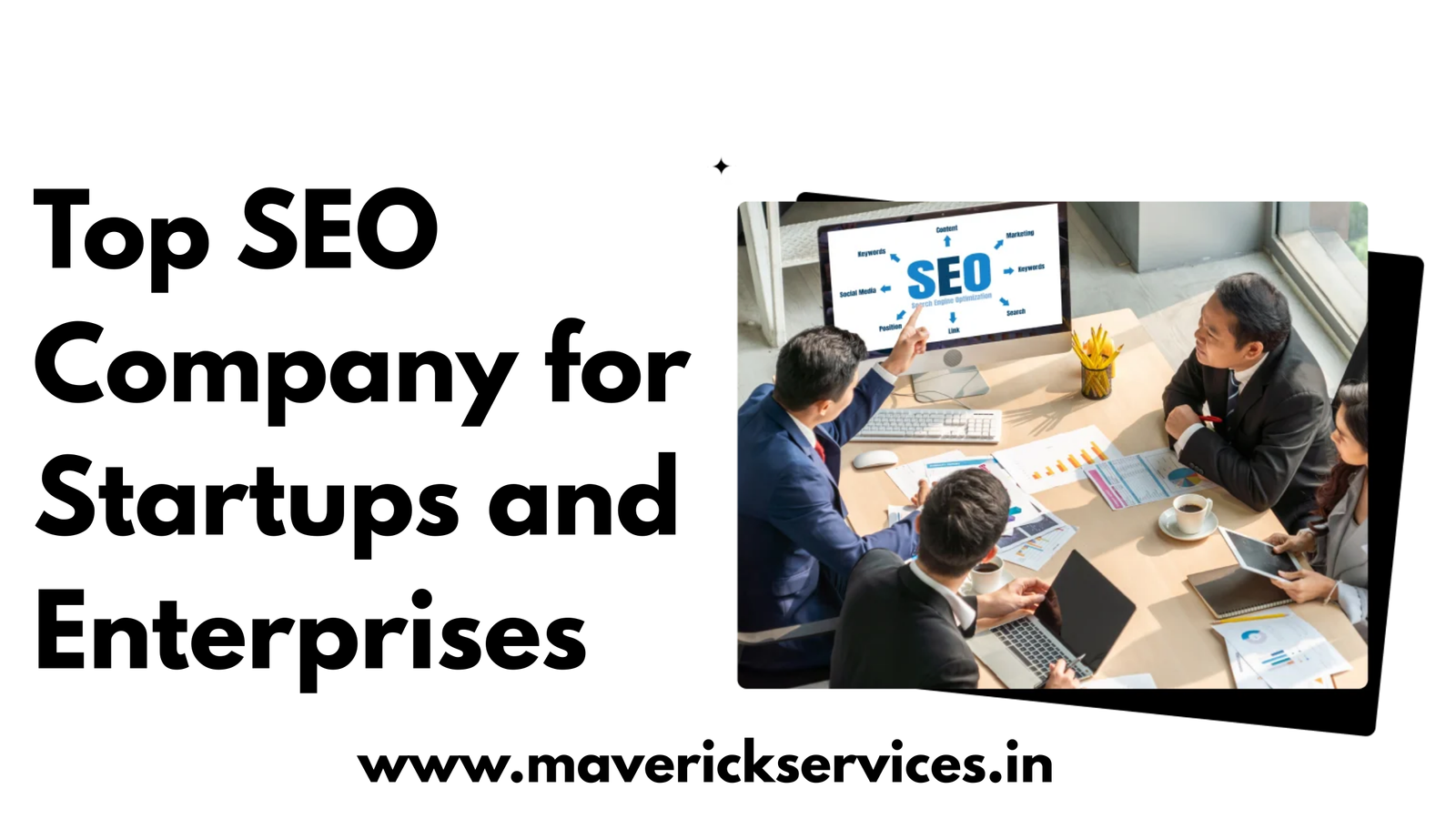
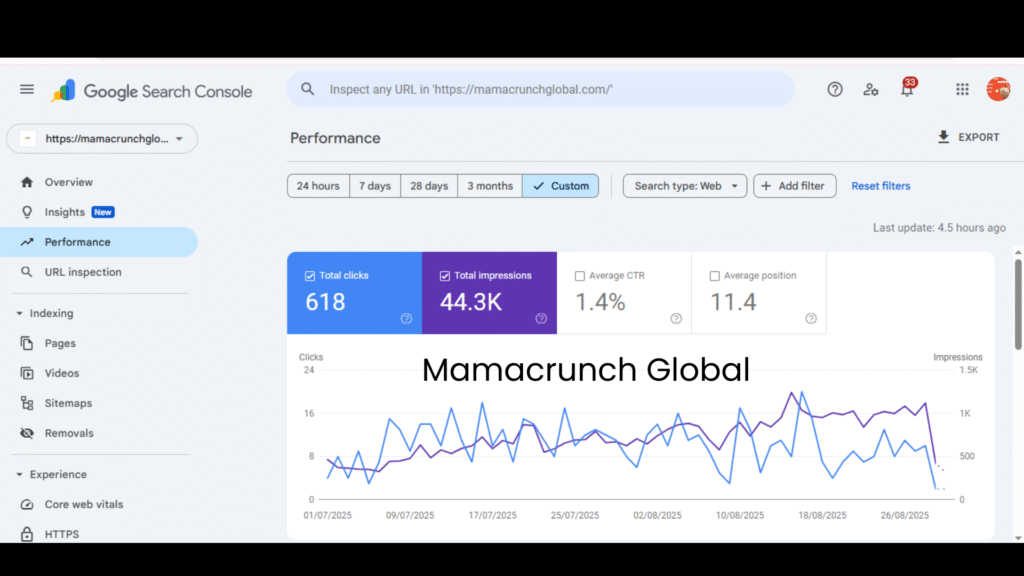
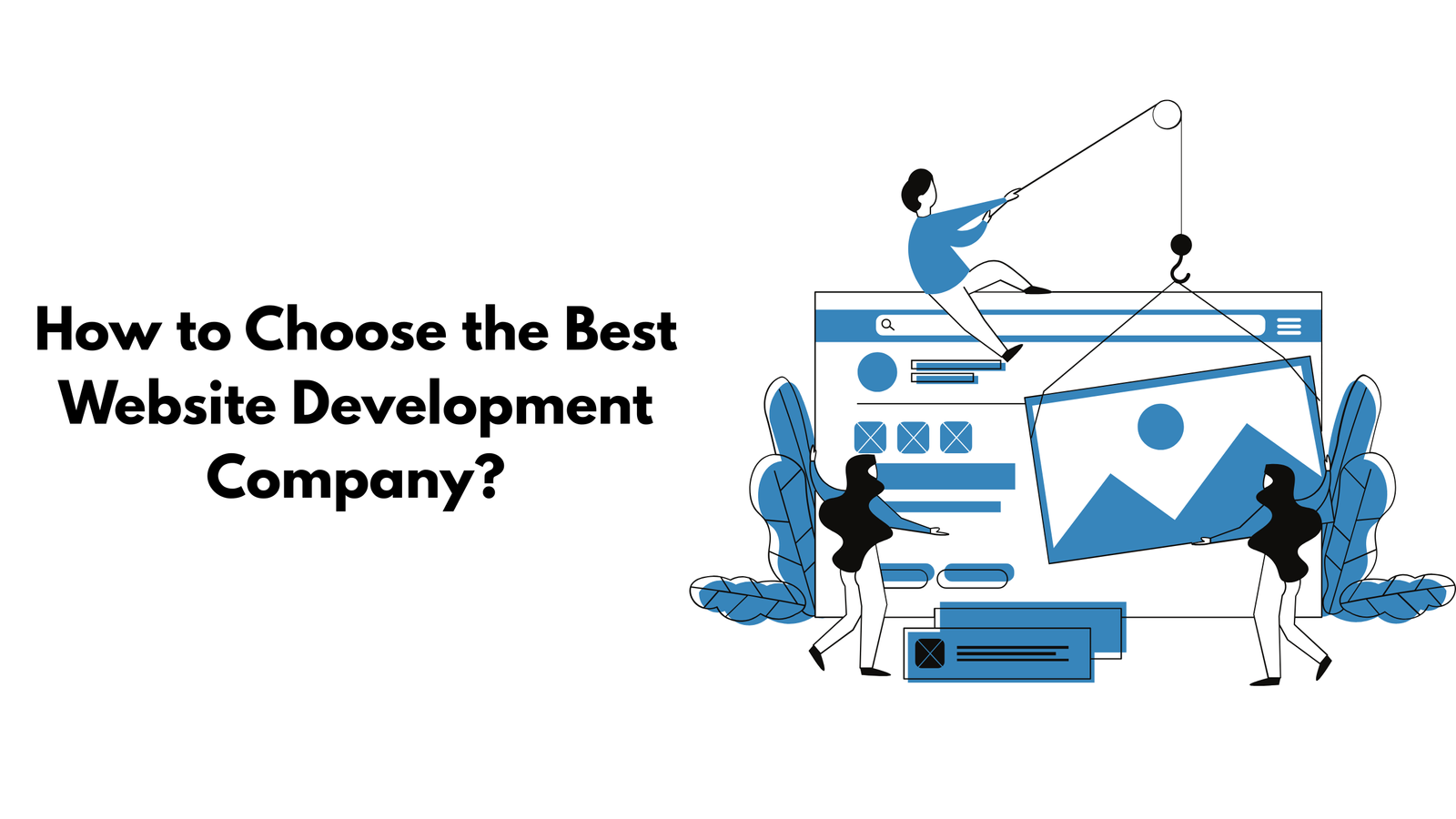
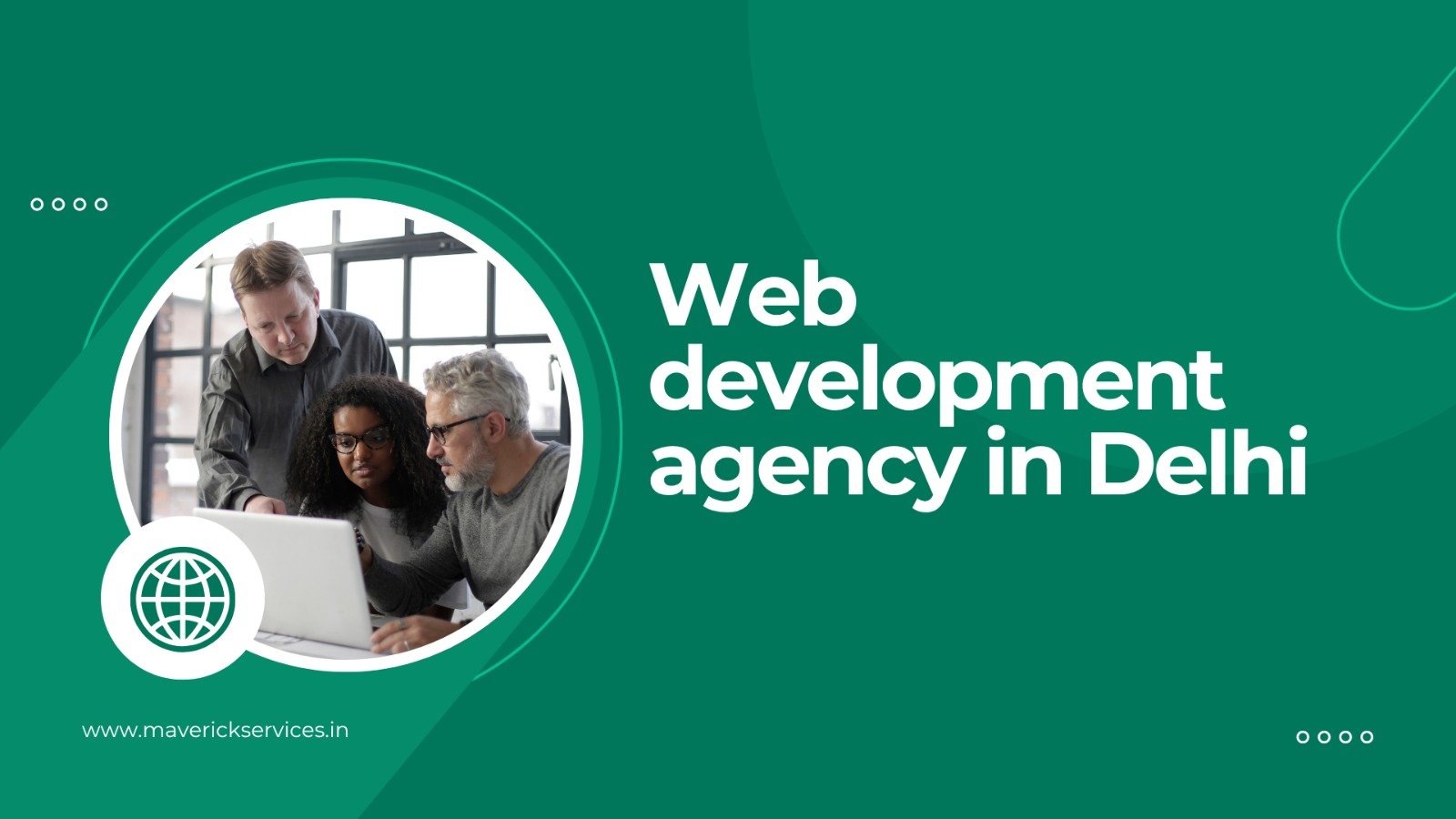
 First Impression: For most prospective clients, your website serves as their initial point of contact.
First Impression: For most prospective clients, your website serves as their initial point of contact. Custom Website Design & Development
Custom Website Design & Development
 Proven Track Record: 200+ websites launched with positive feedback.
Proven Track Record: 200+ websites launched with positive feedback. Technical Expertise: Skilled in front-end, back-end, CMS, APIs, and cloud deployment.
Technical Expertise: Skilled in front-end, back-end, CMS, APIs, and cloud deployment. Creative Approach: Designs that reflect your brand’s personality and resonate with your audience.
Creative Approach: Designs that reflect your brand’s personality and resonate with your audience. Full-Stack Capabilities: From design to deployment under one roof.
Full-Stack Capabilities: From design to deployment under one roof. Transparent Communication: Dedicated project managers and clear timelines.
Transparent Communication: Dedicated project managers and clear timelines. SEO-Ready Development: All websites are optimized for search engines.
SEO-Ready Development: All websites are optimized for search engines. Timely Delivery: Projects completed on or before deadlines.
Timely Delivery: Projects completed on or before deadlines. Manufacturing
Manufacturing Real Estate
Real Estate E-Commerce
E-Commerce Healthcare
Healthcare Education
Education Finance
Finance Legal Services
Legal Services Travel & Hospitality
Travel & Hospitality






